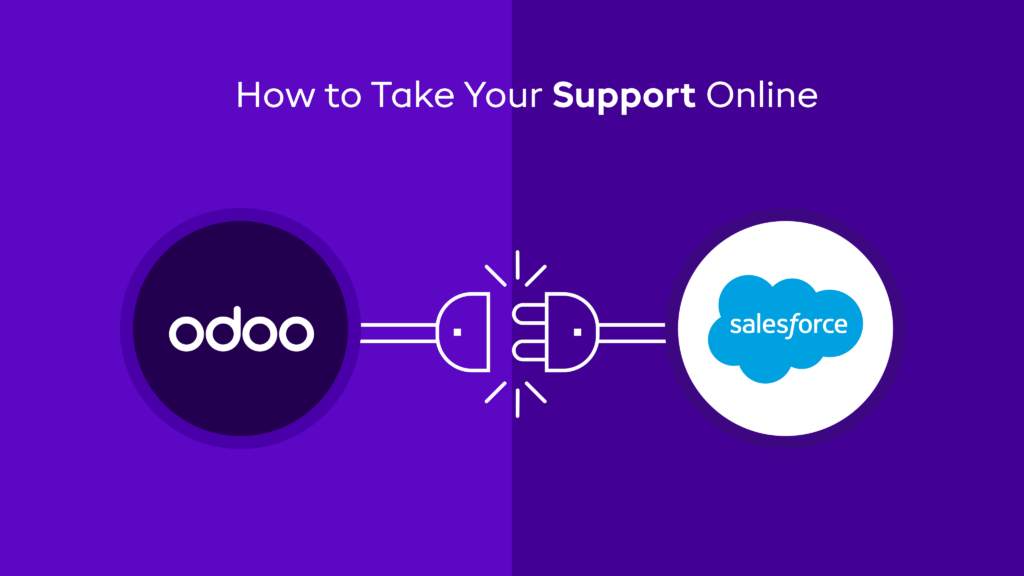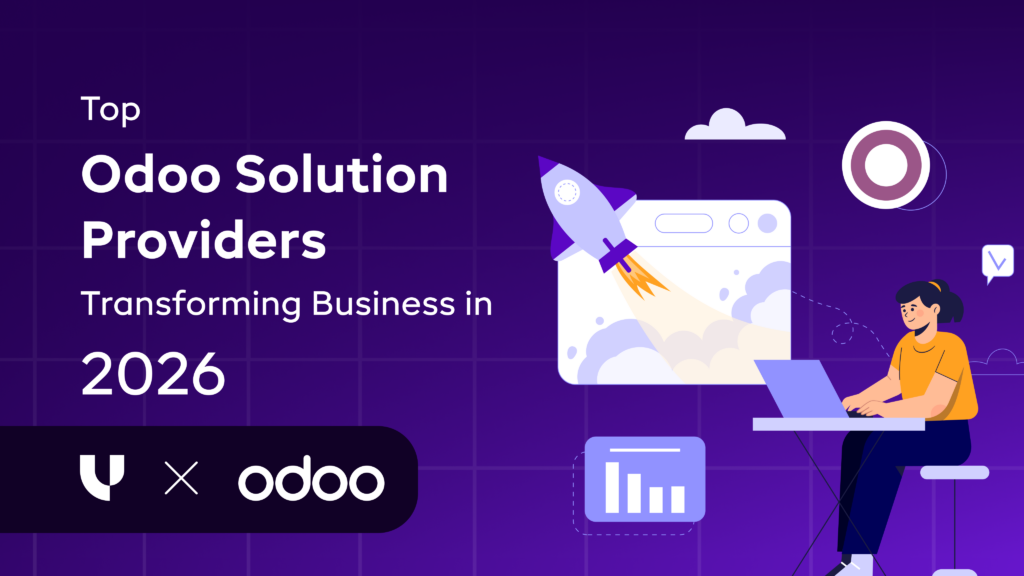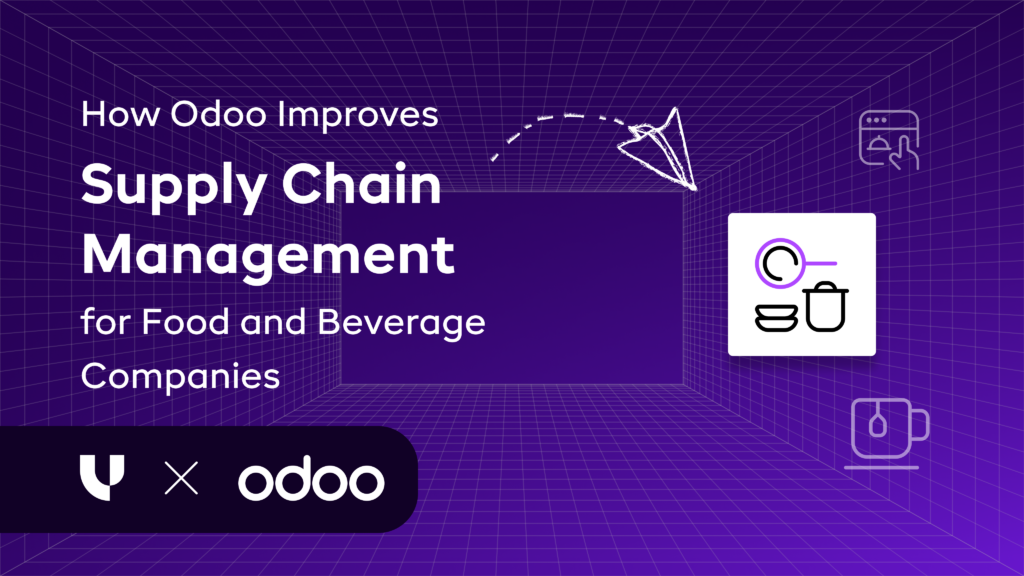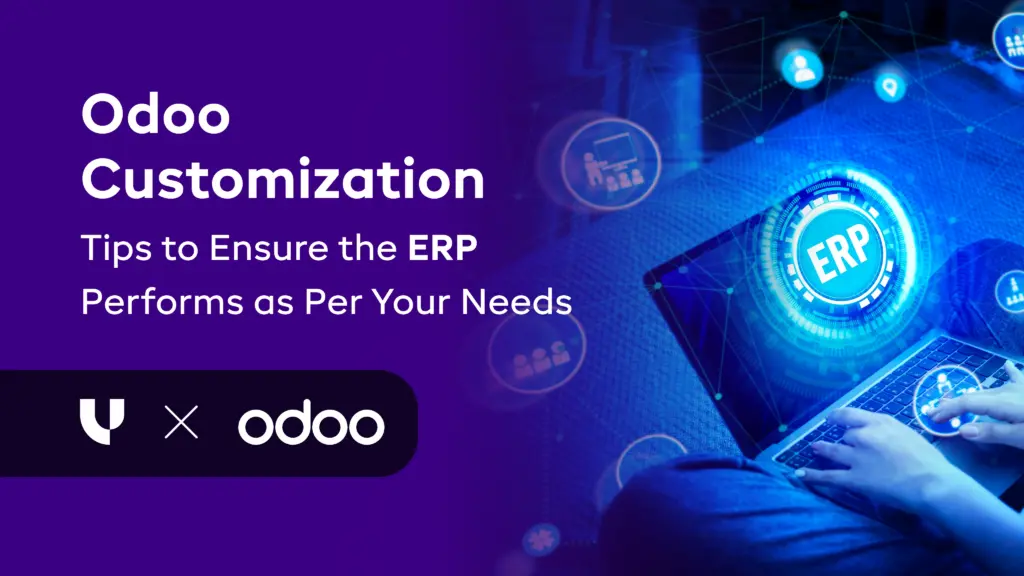Odoo Salesforce Connector: How to Take Your Support Online
Published on July 10th 2025

Introduction
Managing customer data across different channels and platforms isn’t a new challenge - it’s a hurdle for growing businesses.
While we have platforms like Odoo, which excel in operations and backend management, Salesforce remains the go-to platform for sales and CRM. Previously, using Odoo and Salesforce over a single tech stack meant custom setups or limited connectors, especially for users on Odoo Online.
However, thanks to the innovation, we now have an Odoo Salesforce Connector that supports Odoo Online. It enables users to make real-time, two-way sync between Odoo and Salesforce accessible to a much wider user base.
But is that all?
Let’s explore what this means for your workflow, your team, and your customer experience.
Odoo - Salesforce Integration: What is it About?
Odoo and Salesforce are suitable for enterprises of all sizes. If you have an Odoo E-commerce business, you may use the capabilities of both platforms. Combining the two, you can:
- Centralize Customer Data: Gain a unified perspective of your customers. Sync your data across platforms to personalize experiences and marketing initiatives.
- Improve Sales and Marketing: Automate processes and eliminate human data entry in sales and marketing.
- Better Order Management: Manage orders from numerous e-commerce channels. This lowers mistakes and accelerates fulfillment.
Odoo Online Vs Odoo.Sh Vs Odoo On-Premises
If you are currently a user of an Odoo platform or you have been thinking about shifting to one for a better business development strategy.
It is important to understand the role of different Odoo hosting types. Here are the three types of Odoo hosting plans you will come across:
Odoo Online
Odoo Online is a SaaS platform developed by Odoo. The platform enables you to employ a managed Odoo cloud environment.
You can install and host your Odoo apps without facing any technical problems. Odoo states that third-party apps and source code changes are not permitted for stability reasons.
However, it does allow you to customize any view and create applications using Odoo Studio.
Users will benefit from its service level agreement, which includes 99.9% uptime, security, backups, and high availability. To utilize it, you must purchase an extra application through Odoo Online.
Odoo.Sh
Odoo offers a platform as a service with its Odoo.Sh platform. Users can customize this platform. It allows you to install third-party apps and is compatible with all Odoo modules.
You will use Odoo to deploy your cloud server. It offers the same service level agreements as Odoo Online. You will receive a backup of the past three months, along with security features.
The price will be determined by the number of users, storage, and resources necessary. As your company grows, the platform will scale accordingly.
Odoo On-Premises
Odoo On-Premises allows you to install the program on a server that you manage. This provides the maximum level of control and customization.
You may install third-party or approved apps, or even create your own. However, it does not have a service level agreement as Odoo Online and Odoo.Sh does. This means you'll be responsible for backups, security, support, and maintenance.
Choosing an on-premise platform will give more opportunities for organizations with that technological competence. Organizations with significant IT support teams may be able to afford to use Odoo On-Premises.
Want to start a project with us?
Empowering businesses to achieve greatness through strategic guidance and innovative solutions.
Book A Demo
The Role of Connectors in Modern Business Workflows
If you’re exploring multi-system synchronization and want to know which solution handles it more efficiently, our Odoo vs Salesforce in-depth analysis offers valuable insights.
Connectors aren’t just technical tools; they’re the glue that holds multi-platform operations together. Here’s what they enable:
a. Bridge the Gap Between Platforms
Seamlessly sync data between Salesforce and Odoo—no more switching tabs or duplicating entries.
b. Enable Real-Time Data Flow
Updates in one system (like a new lead in Salesforce) instantly reflect in the other (like a corresponding quote in Odoo).
c. Reduce Manual Work and Human Error
Eliminate repetitive tasks like exporting/importing CSVs or re-keying data between departments.
d. Support Cross-Functional Alignment
Ensure sales, support, fulfillment, and finance teams are all working with the same, up-to-date information.
e. Accelerate Decision-Making
Give teams access to a unified view of customer and business data, helping them act faster and smarter.
f. Deliver a Consistent Customer Experience
Maintain smooth and personalized interactions by aligning backend operations with front-end engagement.
g. Scale Operations Efficiently
As your business grows, a connector keeps your tools talking without needing a complete system overhaul.
How Does Odoo Salesforce Connector for Odoo Online Work?
Our Odoo Connector synchronizes data between Odoo Online and Salesforce. It transmits:
- Customer Data: Synchronize customer profiles, contact information, and invoice history.
- Product Data: Share product details, price, and inventory levels.
- Order Data: Send order data, delivery information, and payment status.
By automating these data flows, you can eliminate mistakes and save time.
How to Get Started with the Odoo Salesforce Connector
Ready to unify your sales, CRM, and ERP processes? Getting started with the Odoo Salesforce Connector is easier than you might think, especially now that it supports Odoo Online.
Here’s how you can set the wheels in motion:
1. Assess Your Business Needs
- Identify which data should sync between Odoo and Salesforce (e.g., contacts, opportunities, orders).
- Define key use cases for each department—sales, operations, finance, etc.
2. Choose the Right Connector Plan
- The connector now supports both Odoo Online (SaaS) and Odoo.sh/Enterprise.
- Depending on your version and business volume, you can select from multiple subscription tiers or licensing models.
3. Install the Connector
- Installation is straightforward via the Odoo Apps store or GitHub repository.
- For Odoo Online users, follow the guided onboarding flow designed for SaaS compatibility.
4. Configure Your Sync Preferences
- Map the fields and workflows between Salesforce and Odoo.
- Choose real-time vs. batch sync options depending on business priorities.
5. Test Before You Go Live
- Always run a dry test in a sandbox or staging environment.
- Confirm that key data flows (e.g., lead-to-quote) behave as expected.
6. Train Your Teams
- Equip staff with documentation or quick-reference guides.
- Emphasize what’s automated now and where manual handoffs are no longer needed.
7. Monitor & Optimize
- Use built-in logs and analytics to track sync performance.
- Adjust field mappings or rules as your business evolves.
Conclusion: A Smarter, Smoother Business Starts Here
Whether you're a fast-scaling startup or a growing mid-sized business, chances are you already rely on both Salesforce and Odoo in some capacity. But if those systems don’t talk to each other, you’re leaving value and time.Now that the connector supports Odoo Online, there’s no reason to delay. You can achieve a single source of truth, better cross-team alignment, and faster operational workflows without switching platforms.
- Future-proof your business.
- Start syncing smarter.
Besides, if you need Odoo Salesforce Integration experts, we’re just a call away.
Ready to get started? Reach out for a personalized demo or installation assistance today.

About Author


